RMI Expeditions Blog
Hi all,
Jim, Joy, and I had a great day of training today despite some very ominous looking clouds- the rain held off until about 4 pm. We did some good crampon review, self-arrest and team-arrest practice, as well as rope travel on glaciers and lastly climbing on rock. I think Jim and Joy enjoyed the
rock climbing practice the most. Now we are in our tents again waiting for the rain to stop so we can hopefully get an anchor building lesson in before dinner and then bed. We will try to climb tomorrow if we get the weather for it; otherwise, we have Thursday to fall back on. We are all having a great time despite the rain, and spirits are still high. Jim and Joy are laughing right through the bad weather. That's all for now.
Thanks for checking in on us.
RMI Guide Geoff Schellens
Hello again everyone,
After all the hard work to prepare for this trip we have finally arrived at the time to reward ourselves.Today we set off on our 3 and half days of safari and started off with a stop at
Lake Manyara known for its plentiful flamingos and tree climbing lions. Although we didn't see the tree climbing lions, we did manage to see plenty of wildebeest, zebras, flamingos, giraffe, baboons, and got up close to several elephants. We even had a rare sighting of a green mamba.
We have arrived and are fully enjoying the hospitality of the amazing plantation lodge. See for yourself [url=http://www.plantation-lodge.com]http://www.plantation-lodge.com[/url]. Living the good life!
RMI Guide
Casey and Crew
If success is defined by waking up, having a good breakfast, climbing to a new height on
Mt. Elbrus, getting our cache gear on place, and most importantly, getting down before the rain started, then we had a spectacularly successful day. It was a beautiful climb up to our cache site 11,500', with plenty of great photo opportunities, and everyone got a chance to stretch their lungs out after the last several days of traveling by planes and automobiles. The rain was kind enough to hold off until we got back, and with any luck, it will clear out tonight, setting us up for a move to camp1 tomorrow. We'll let you know how it goes!
Best from Russia,
RMI Guides Pete Van Deventer, Seth Waterfall, and team
On The Map
The
Four Day Summit Climb August 24 - 27 led by RMI Guide
Mike Walter was unable to reach the summit of Mt. Rainier this morning due to poor weather on the mountain. Mike Walter reported wind, snow and rain at Camp Muir over night. This morning the teams will begin their descent to Paradise.
We look forward to seeing them at Rainier Base Camp this afternoon.
Hi all
Joy, Jim, and I are enjoying a restful day here at the lower bivy camp (6,200') on
Mt. Shuksan. We have accomplished some training in between showers, spirits are high and everyone is having a good time. Forced tent time is notorious on any long climb and such skills as "sport eating" and "competitive napping" are worth being good at, and we have practiced both today. We are hoping for better weather tomorrow for more training and to move camp higher on the mountain.
Thanks to everyone for checking in.
RMI Guide Geoff Schellens
Hello again everyone,
We have finally made it off of
Mt. Kilimanjaro and are safely back at the wonderful Dik Dik Lodge.
After a much needed night of sleep we woke up this morning, packed up all of our stuff and headed down hill one last time. We ended our journey by saying good bye to all of the amazing porters and mountain staff that made this journey possible.
Everyone is now freshly showered and smelling good again, thankfully, and are just sitting down to our celebration dinner.
RMI Guide Casey Grom and crew
Poor foot care on a climb can make a mountain out of a molehill and even the smallest blisters or foot pains can become a challenge over the course of a trip. Here are a few things to keep in mind about your feet as you head into the hills:
Fit: It's all about setting yourself up for success and that starts with choosing the right footwear. In addition to the technical specifications of a boot, make sure that the boot fits
your foot well. See Whittaker Mountaineering’s
Guide to Mountain Footwear for a helpful guide to picking the right boot.
Even the most carefully chosen boots often require a little adjustment. Take them out and walk around. Sometimes you'll need to adjust the lacing tightness in certain spots or change the footbed to get that perfect fit for you.
If you're renting a boot for the climb take plenty of time to find the
right fit. Bring the socks you plan on climbing in to try on with your boots and walk around a bit to make sure they feel comfortable.
Foot Care & Prevention: The easiest way to deal with blisters on a climb is to never get them in the first place. Use your training hikes to find the best lacing and tightness of your boot and the best sock combination for you. Remember not to lace your boots too tightly - blisters are created by friction and a very tightly laced boot, especially a rigid mountaineering boot, can create extra friction on your feet.
Keep an eye on your feet and treat hot spots immediately. It's easy to stop for a few minutes and make quick adjustments or fixes instead of letting them develop into blisters. Stick some moleskin or second skin over the affected area to reduce the friction. Duct tape works pretty well in a pinch too. If possible, try and identify the issue and fix it so it doesn't reoccur: is your boot laced too tightly? Did a fold develop on your sock?
When you reach camp, give your feet a break. Change out of your socks and put on a fresh pair. If you have camp shoes, slip those on. Your feet will appreciate it.
Treatment: If you do develop blisters, treat them as soon as possible so that they do not become worse. This means draining the blister, applying some antibiotic ointment to prevent infection, then covering it with a sterile dressing. Depending on where the blister is on your foot and how big it is, you may need to add a foam "donut" to create some space above the blistered area and give it a better chance of recovering.
If you are prone to foot problems, be proactive and use your training hikes to identify the best way to take care of your feet. The book
Fixing Your Feet is a great resource for climbers and athletes and provides some excellent advice for a range of foot problems.
Foot care is a subtle art: it's certainly not the most exciting topic but if you’ve taken the time to address it, it can make a big difference on the climb.
The
Four Day Summit Climbs August 23 - 26 led by
RMI Guides Jake Beren & Leon Davis reached the summit of Mt. Rainier this morning. Jake reported light - moderate winds with 50 meters of visibility and some-what cold conditions. The teams began their descent from the crater rim around 8 am PT. The teams will descend to Camp Muir for a short break before continuing down to Paradise this afternoon.
Congratulations to today's summit climb teams!
46 years ago, August 24, 1967, I began my first summit climb of
Mt. Rainier. I was a paying customer. The cost was $25, which included a One-Day Climbing School. Nevertheless, as many have, I contacted the Guide Service (it wasn’t
RMI yet) and pleaded my case to avoid the training and lessen the price. I pointed out I had backpacked earlier in the summer and encountered snow, which I successfully negotiated. Alas, the manager informed me I needed the
Climbing School, but proposed I carry a load of food to Camp Muir to work out the cost. Terrific! John Anderson drew a rudimentary map of the ‘route’ to Muir one Saturday morning at Paradise in early July and my only question was “how many round trips?” (I was totally serious). His deadpan reply was that one ought to do it. My trip to Muir is another story for another time. I managed to deliver the supplies and participated in Climbing School the following day.
The evening of August 23, 1967, some neighbors from Lakewood dropped me off at Paradise. My folks had provided money for a hot dog at the snack bar, but a room in the Inn was out of the question. Not a problem, so I headed to the Inn to kill the evening before finding a suitable campsite. Employee Talent Shows were a nightly occurrence at Paradise Inn in the good old days. The hotel management hired people oftentimes based primarily on musical or other talent. At the conclusion of the show a juke box was cranked up, and employees and guests alike hit the dance floor for a couple of hours. I was content to watch. At 10:00PM I donned my waiting pack (a wooden frame Trapper Nelson) and walked up the Skyline Trail a short distance above Paradise Inn. There I settled in beneath a cluster of sub-alpine fir and spent the night.
Dawn on Saturday, August 24th, promised a perfect day for the trek to Camp Muir. Guide Service headquarters was located in the basement of the Visitor Center (the flying saucer) and there I met the other clients and our two guides, Tony Andersen and John Rutter. There were five clients, including myself. I can’t remember details about the trip to Muir, other than I positioned myself in line directly behind the ‘cabin girl’ headed up to cook for the guides. There was no client Bunkhouse, instead the guides on each trip would pitch and strike White Stag car-camping tents (the guides headquartered in the tiny, rock Cook Shack). Dinner was provided as part of the fee: beef stew & mashed potatoes (from #10 cans), as well as breakfast when we awoke to climb (#10 can peaches). Even a sleeping bag was supplied (I had no concern of when it may have been cleaned last).
Summit day took 12 hours round trip: nine hours up and three hours down. There were three ladders to cross on the Ingraham Glacier. We left Muir at midnight and about half-way across the Cowlitz Glacier, I realized I’d left my gloves in camp. No big deal; I would tough it out. On a side note, it goes without saying we weren’t wearing helmets, beacons, harnesses or headlamp (we carried flashlights), or even gaiters. I wore wool army pants, my ‘parka’ was a Navy pea coat (heavy wool), and we were tied directly into the 150’ goldline rope with a bowline on a coil or bowline on a bight.
Above the first rest break, we negotiated the ladders and traversed north onto
Disappointment Cleaver. My hands were pretty damn cold (the guides hadn’t noticed my predicament) as we ascended the spine of the Cleaver. On top of DC we took our second rest break and lo and behold, one person decided to call it quits. Before resuming the ascent I screwed up my courage and asked the person staying behind if I could by any chance borrow his gloves… of course I could!
High on the summit dome I was really starting to run out of gas, and we were still more than an hour from the crater. Could I/Should I drop out?! John Rutter’s emphatic answer was a resounding NO! I kept plugging. Now the rim was in sight, and slowly getting closer. But then… what the hell?! Instead of halting for a much needed break we didn’t so much as pause, traversed through the rocks, dropped into the crater and crossed. Sign the book. Un-tie and reach Columbia Crest. Hero shot. The weather was perfect. It was 9:00AM, Sunday, August 25, 1967.
Occasionally over the years I have wondered if I blocked our descent from memory; was it that much an ordeal?! I recall very little, other than being incredibly thirsty. In retrospect, we took some wrong turns on the DC (
Disappointment Cleaver), which necessitated backtracking uphill (killer). At Muir we were plied with Kool-Aid. The descent to Paradise took forever, but at the parking lot I was one happy, exhausted 16-year-old.
I didn’t play organized sports in high school; I grew up with parents who hated camping (but enjoyed road trips and appreciated National Parks); to suggest I wasn’t particularly studious is a gross understatement; but I had just discovered something I loved, that would stay with me for the rest of my life: climbing. Over the next winter I bothered Lou incessantly about becoming an Apprentice Guide (I even applied for work at Paradise Inn, but evidently lacked a requisite talent). At some point (maybe just to put me off),
Lou and/or John Anderson said to show up at Paradise in June, and see if there was work. I did; there was; and, there still is!
RMI Guide Joe Horiskey
Photo Captions:
August 25th, 1967 - Joe Horiskey, age 16, on the Mt. Rainier summit. Mt. St. Helens, pre-1980 eruption, in the background.
1968 - Jim Whittaker, Joe Horiskey, and Lou Whittaker on Mt. Rainier. Joe's first year working for the guide service, which became RMI the following year.
We're in
Kislovodsk! Today we made it one step closer to the mountain. We had an early start in Moscow and then caught a 2 hour and 15 minute flight to Mineralnye Vody. From there it was just an hour drive to the city of
Kislovodsk where our hotel is. Once we checked into the hotel, everyone sorted their gear while
Pete and I went to a supermarket. We picked up some fresh food for basecamp. We'll be getting an early start tomorrow for the 4x4 road to camp.
Here's a shot from the awesome pizza place we went to for dinner.
RMI Guide Seth Waterfall







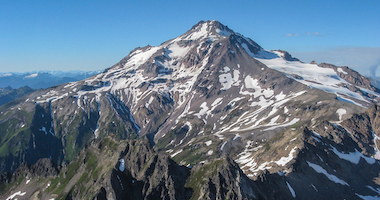





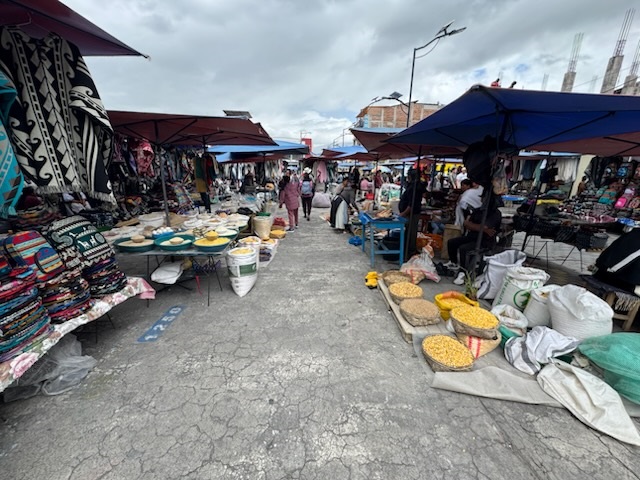
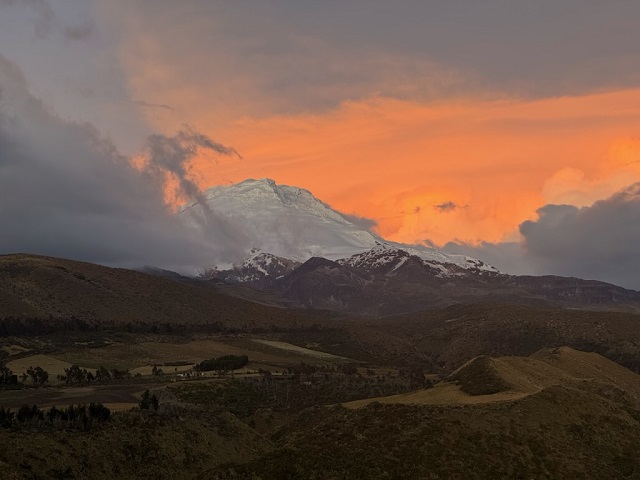

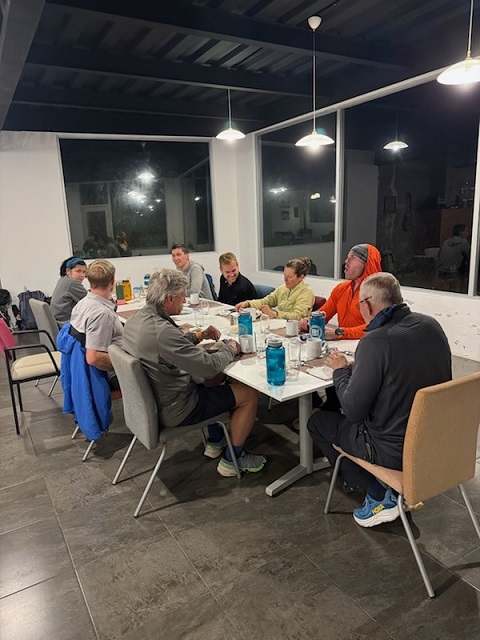
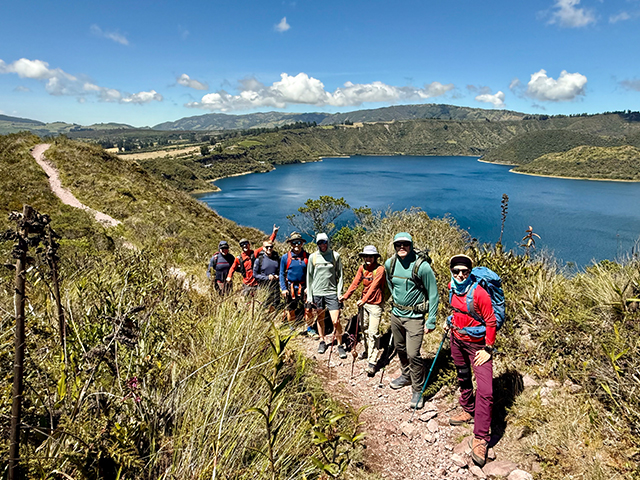
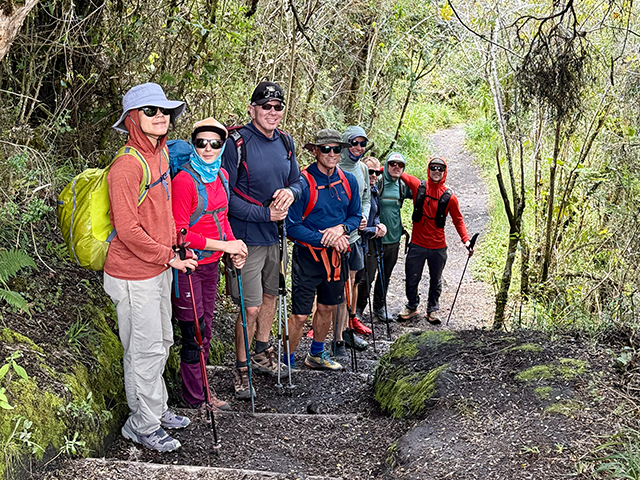
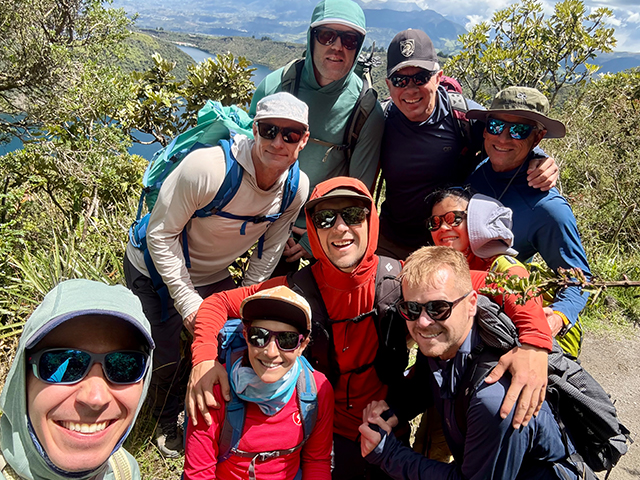
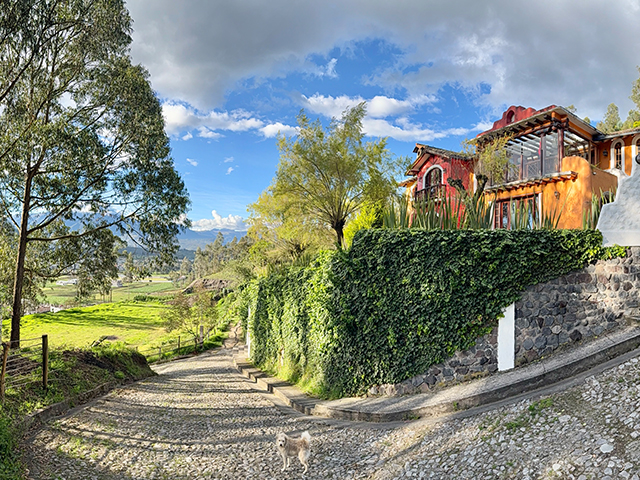
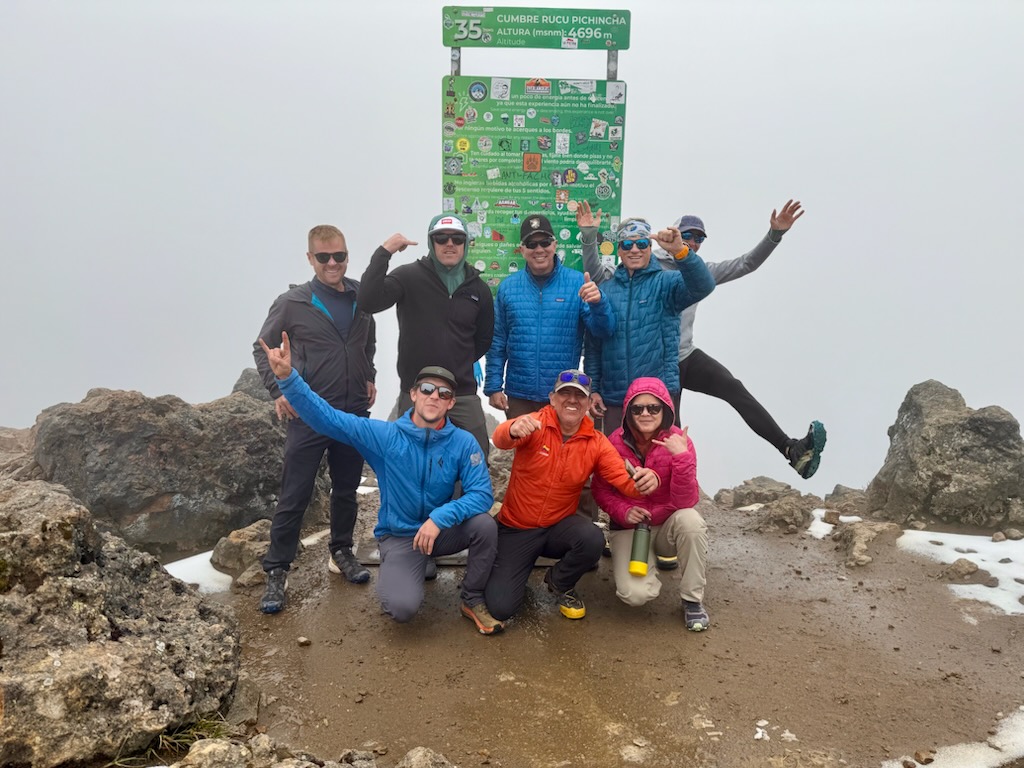
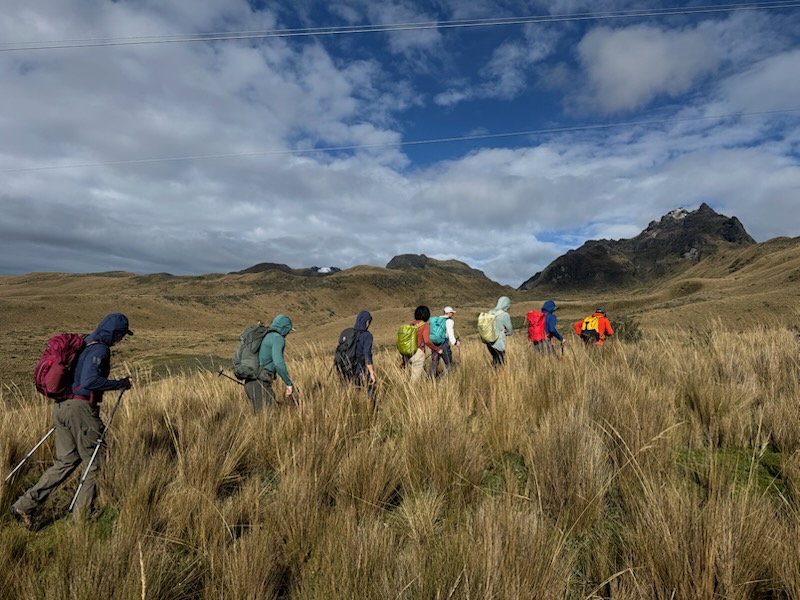
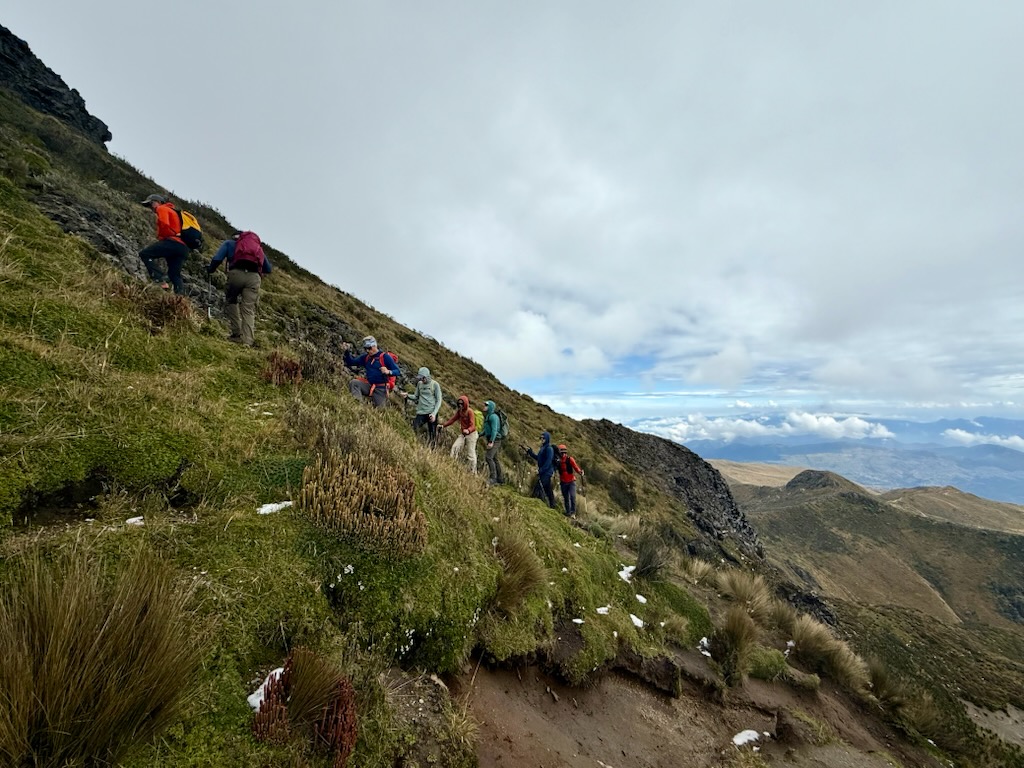


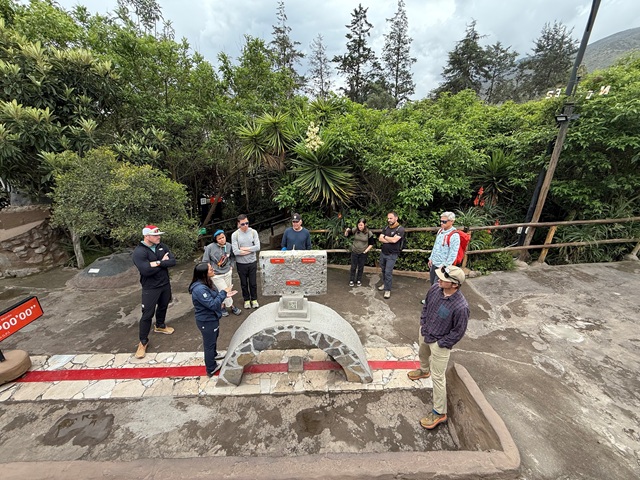

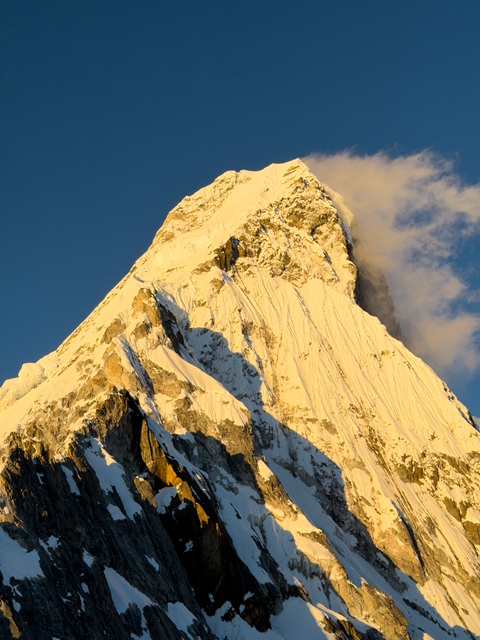
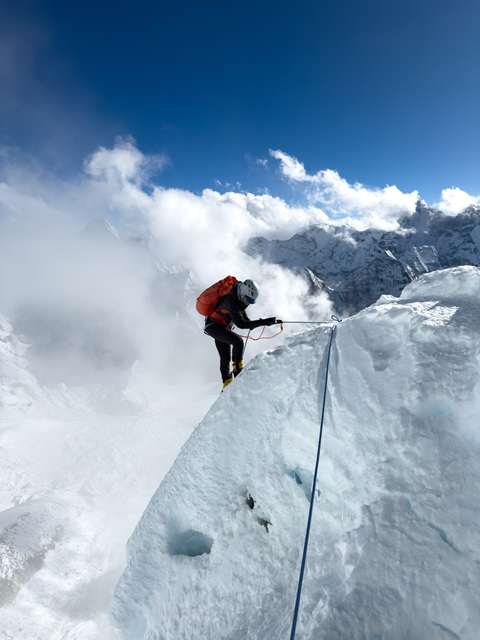
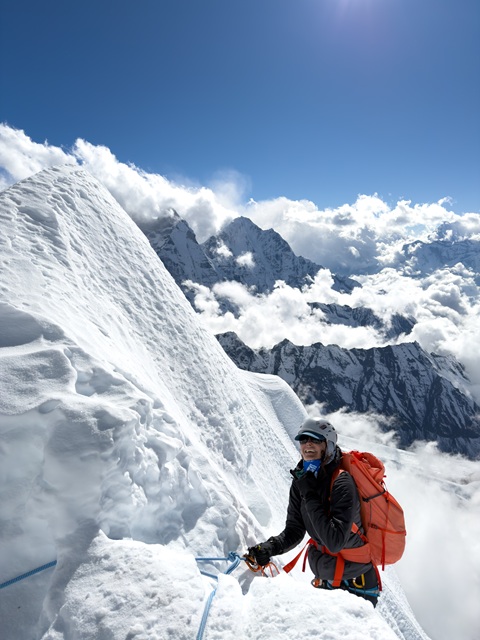
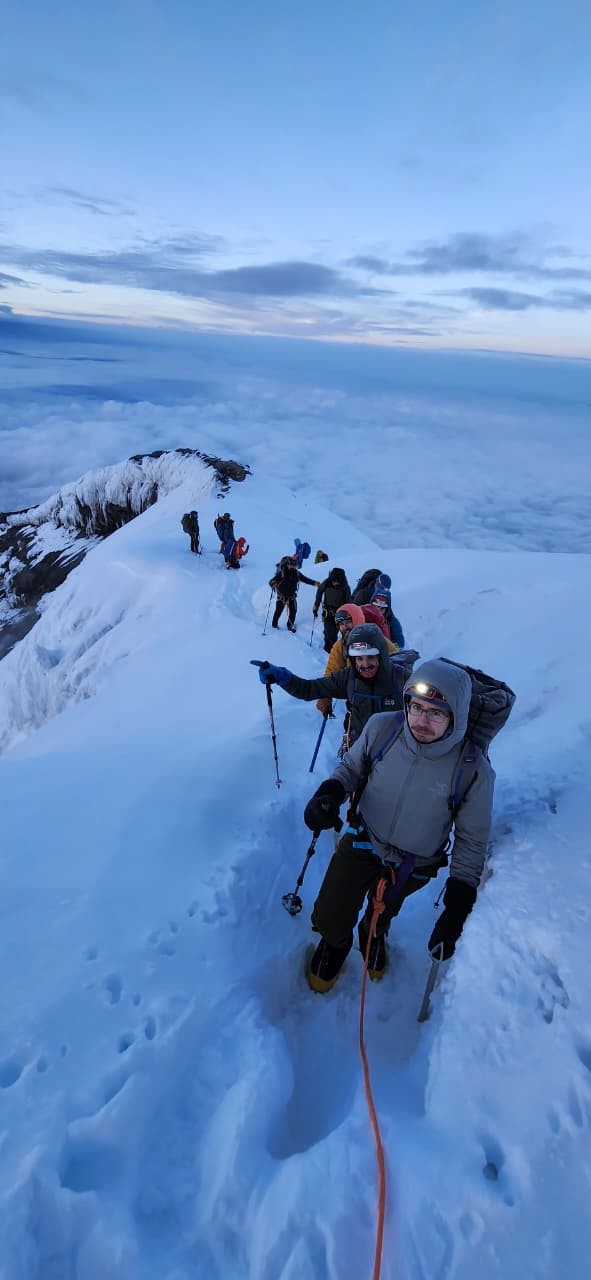
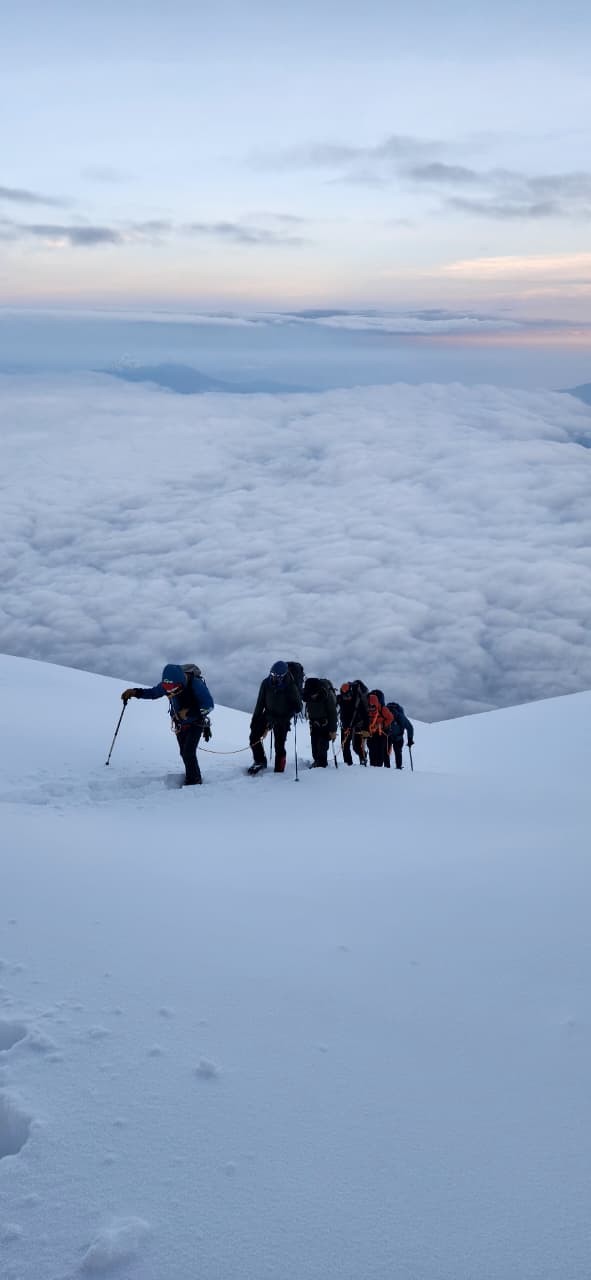
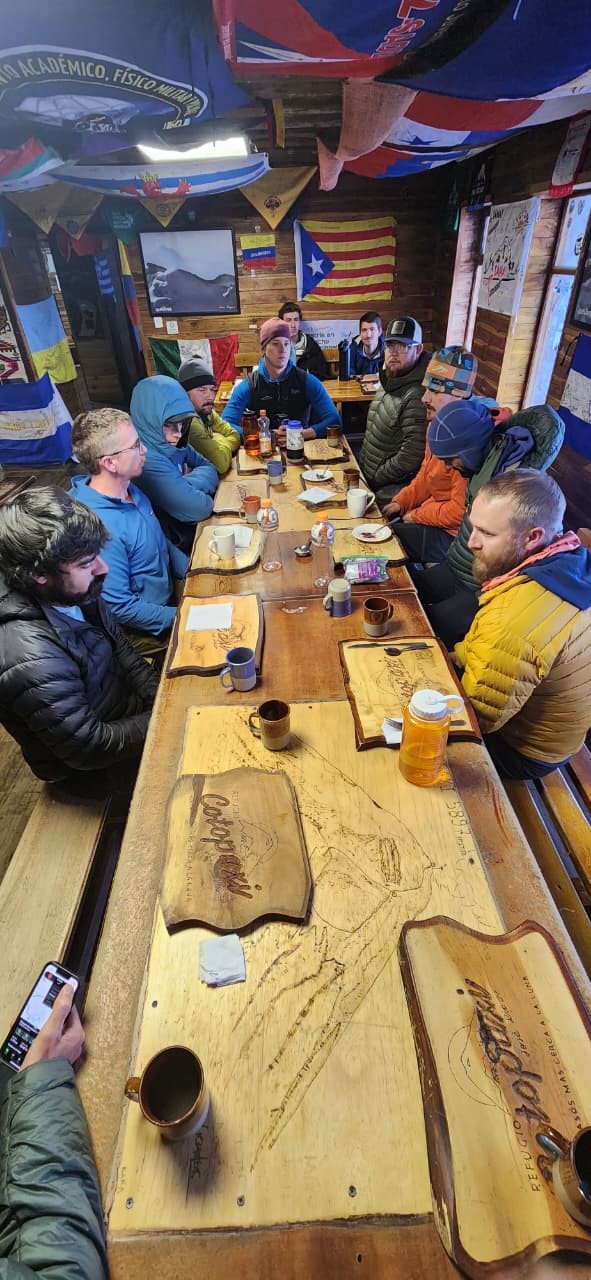


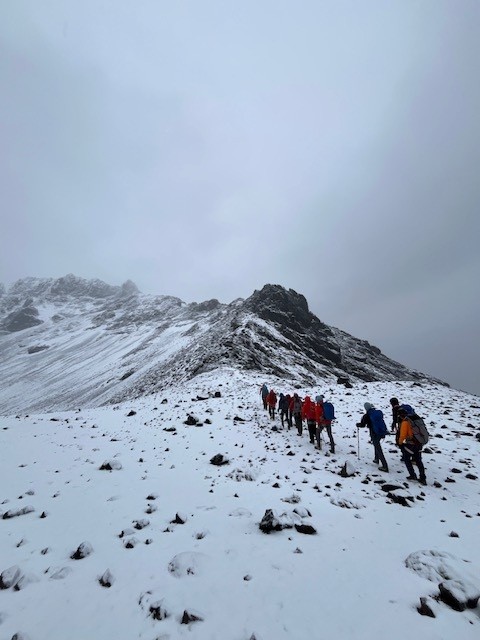

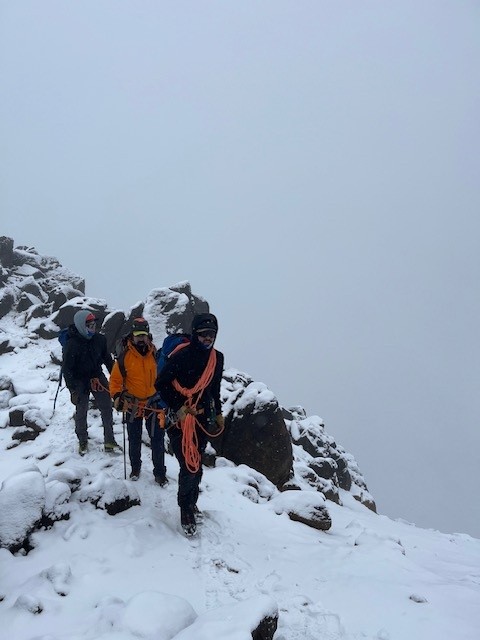
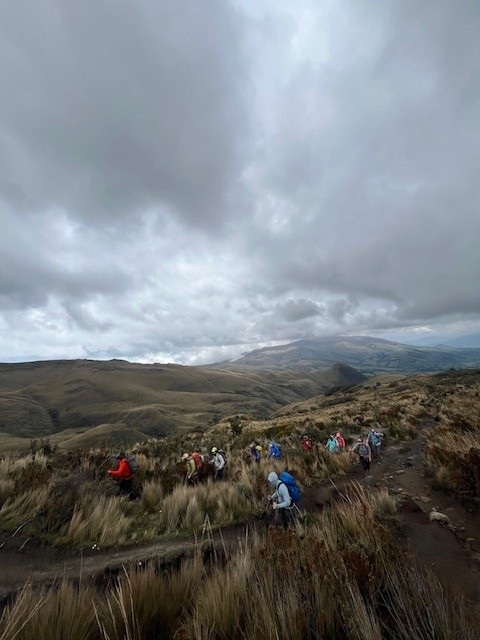

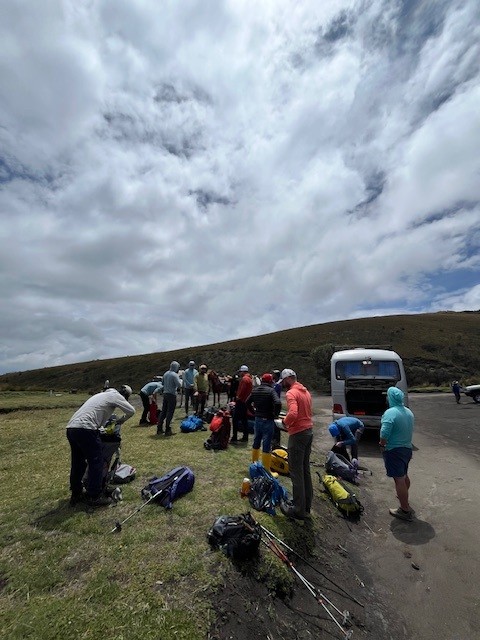
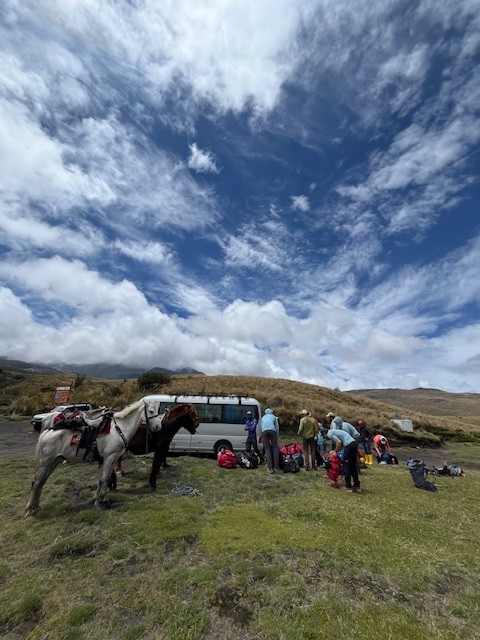
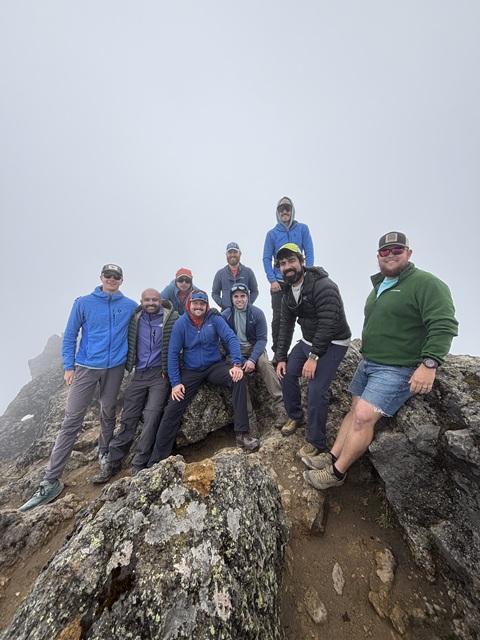






Jim and Joy you guys are awesome! Sounds like you are working hard yet having fun! Can’t wait to hear this from your perspective and see some photos!
Enjoy!
Posted by: Jordan on 8/28/2013 at 10:03 am
View All Comments